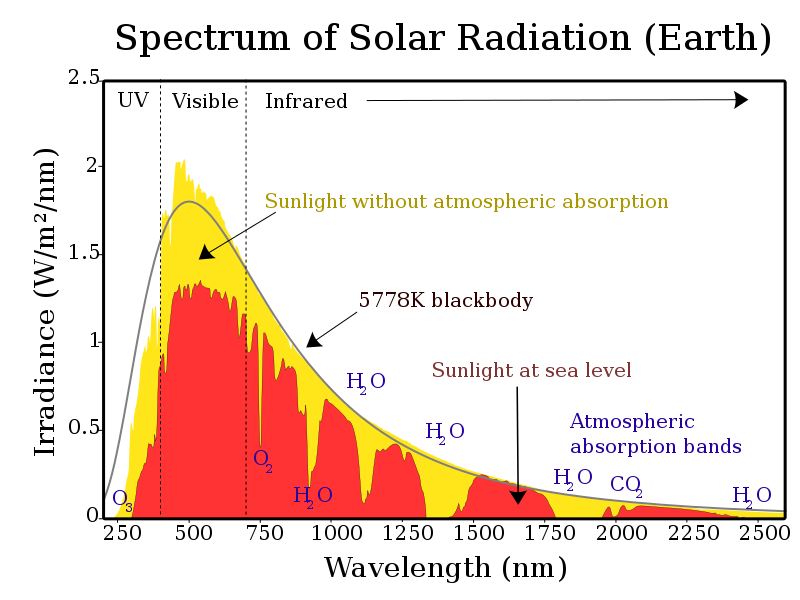SSDD
Gold Member
- Nov 6, 2012
- 16,672
- 1,966
- 280
- Thread starter
- #1,581
There is a vast amount of lab work done on atmospheric radiative physics. Much of it done before the current fad of doomsday CAGW.
Really? So lets see the lab work that demonstrates how much warming or cooling happens in a body of water by changing the concentration of so called greenhouse gasses in the air above it. Increments of 0.0001 should be fine.
So how much warming or cooling when the concentrations are changed?

